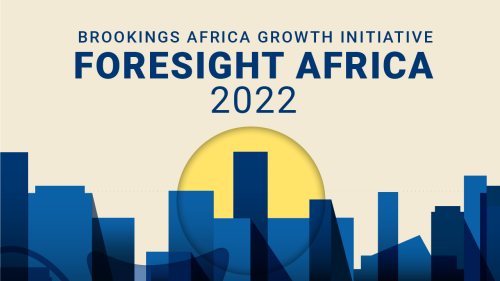On Monday, July 18, 2016, the world celebrated Nelson Mandela International Day, a day recognizing the former president of South Africa’s commitment to fostering peace and freedom. Every year the Nelson Mandela Foundation hosts a lecture, inviting prominent individuals to discuss significant social issues affecting the African continent. For this year’s lecture, Bill Gates was selected to speak on the theme of “Living Together” in front of a packed stadium in Pretoria. Gates focused on a topic Mandela returned to repeatedly throughout his life—the power of the youth. In the words of Gates, “…young people are better than old at driving innovation because they are not locked in by the limits of the past… we must clear away the obstacles standing in young people’s way so that they can seize all of their potential.”
Unfortunately, South Africa, the second-largest economy on the continent, has the highest youth unemployment rate at 54 percent, as seen in the figure below. Surprisingly, according to the figure the highest rates of youth unemployment lie in the upper-middle-income countries as classified by GNI per capita. Additionally, these unemployment rates might be depressed due to the fact that unemployment refers to people looking for jobs, and many of Africa’s youth are forced into the informal sector after giving up on their search for employment.
Although youth unemployment in Africa is often seen as a growing challenge, a number of experts interpret the large youth population as an opportunity, as long as the youth have access to the economic opportunities through which they can channel their energy into progress. As Africa’s youth is predicted to grow exponentially, achieving broad-based economic growth and development will rely on breaking down the barriers to economic opportunity, by investing in human capital (through education) and in improving business environments.
Figure 2.3. Youth unemployment will continue to be a growing challenge in 2016
Interestingly, GDP and income classification have little correlation with youth unemployment rates. For example, South Africa, which has the second-largest economy on the continent and is considered an upper-middle-income country based on its GNI per capita, has the highest youth unemployment rate at nearly 54 percent. Meanwhile, the Liberian economy, which is nearly 200 times smaller than South Africa’s, has a youth unemployment rate 10 times smaller. Youth unemployment is measured as the share of the labor force (ages 15-24) without work but available for and seeking employment. Estimates may be low in some low-income countries like Liberia because many young people cannot afford not to work to seek employment and as a result, end up in low-paying jobs.
 Source: Youth unemployment figures from World Development Indicators and GDP data from the World Bank databank.
Source: Youth unemployment figures from World Development Indicators and GDP data from the World Bank databank.
See the Brookings Africa Growth Initiative’s Foresight Africa 2016 report, from which the figure below comes, for more highlights on the growing challenge of youth unemployment in Africa. In addition, earlier this month the Brookings Institution hosted an Africa Policy Dialogue on the Hill on jobs in Africa, alluding to the shortcomings of the educational systems and the importance of infrastructure and electricity to support business and attract investment. For a summary of the conversation, see here.
Tor Syvrud contributed to this post.










Commentary
Figure of the week: Annual Nelson Mandela lecture focuses on the potential of Africa’s youth
July 21, 2016